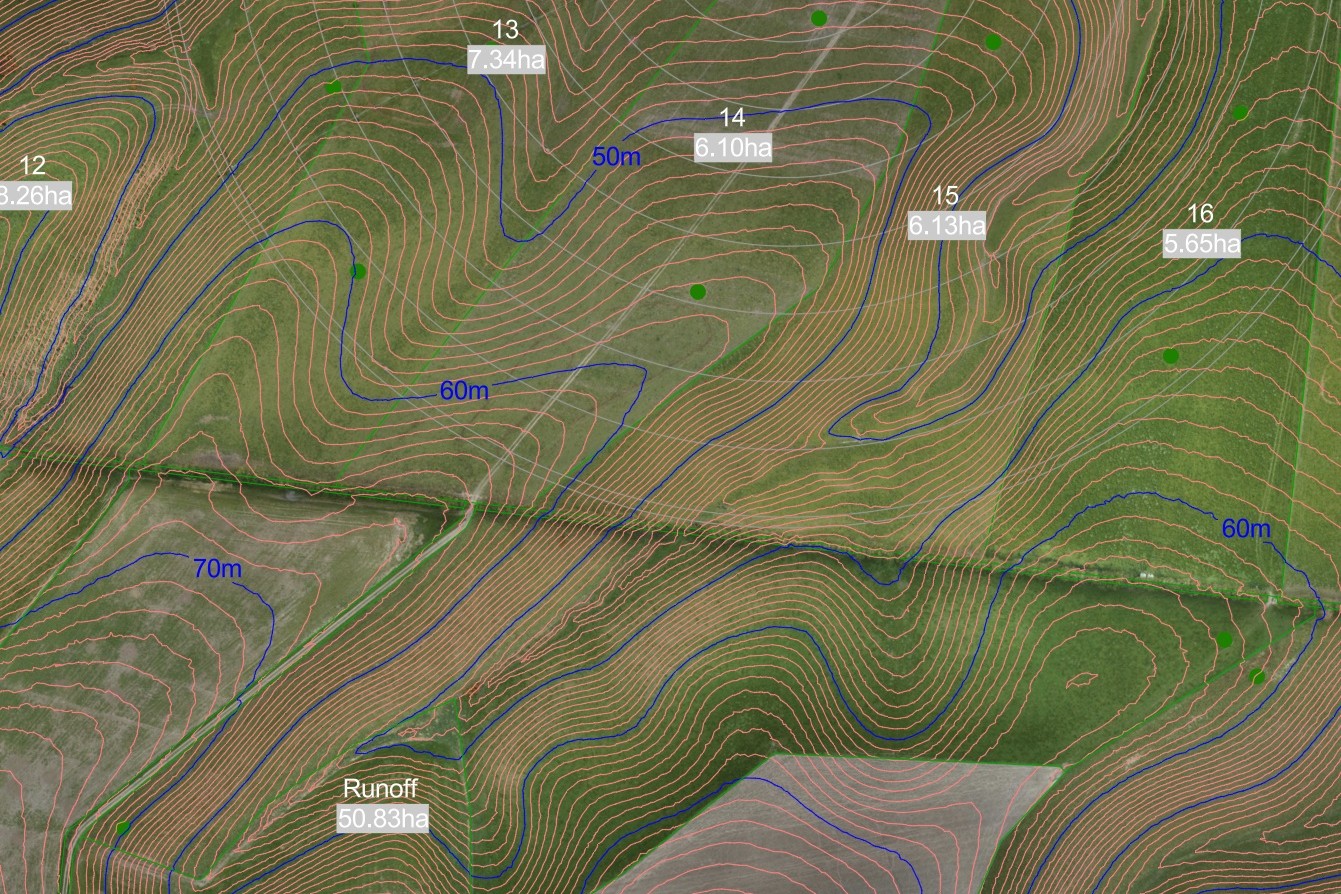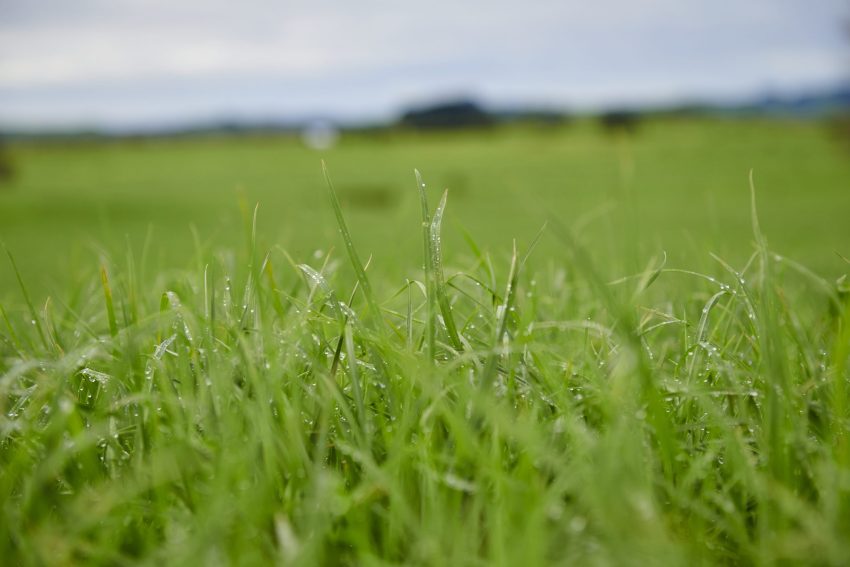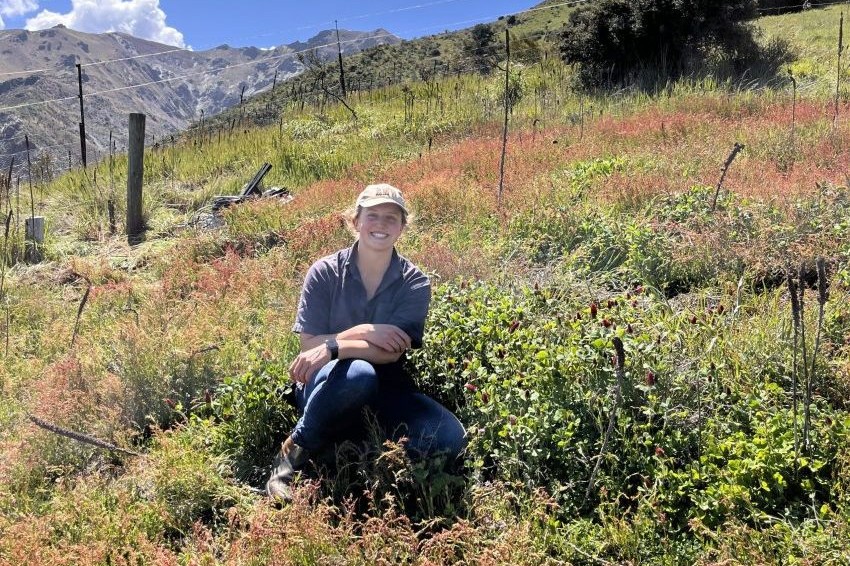Be wary of RA coaches
Lincoln University’s Professor Jacqueline Rowarth was saddened but not surprised when she learnt about farmers whose land and stock had failed to thrive under a regenerative agriculture (RA) regime, writes Jo Cuttance.

Lincoln University’s Professor Jacqueline Rowarth was saddened but not surprised when she learnt about farmers whose land and stock had failed to thrive under a regenerative agriculture (RA) regime, writes Jo Cuttance.
SPEAKING AT THIS YEAR’S NZ Grassland conference, Professor Jacqueline Rowarth said years of science and research had shown what would happen to New Zealand farms that used an RA approach. She commended farmers who had tried RA and then were brave enough to admit it did not work.
The adjunct professor was bothered by the definition of RA saying you cannot regenerate something unless you have degenerated it. NZ had 150 years of research that showed we have beautiful soils and we have looked after them.
“We are doing better all the time,” Rowarth said.
She said there were hotspots, but the biggest areas were not connected with agriculture. Rowarth said there were people in wider NZ who thought agricultural industry practices had made the country’s soils bad, when in fact they had made them better. We have research on soils, she said.
Rowarth spoke of a new group of people advising the agricultural sector about RA – coaches. She said there was no discipline that supported these coaches, unlike engineers or medical practitioners who had a legal framework under which they operated; in agriculture, agronomy and soil scientists had boundaries and industry-discipline bodies, but RA coaches had nothing.
Rowarth said we should be concerned about the RA proponents who came from the USA where they have half the soil carbon that NZ soils do, and Australia, where they have a third.
“They are not able to contextualise what we have done to create our good soils because their experience is completely different.”
She felt sad when she read misleading statements about New Zealand’s agricultural sector and farmers.
“… my favourite topic is the resourceful, productive and innovative NZ farmer who works closely with the rural professionals and scientists of NZ to create the most resilient system that there is on this planet – we have the data.”
Productivity up 2% a year
Land-use change had always been part of the rural system, she said. When subsidies were removed, the NZ farmer adapted under the support of science and rural professionals.
Rowarth said land-use change was part of what NZ does. From the only data Rowarth could access from the OECD, production agriculture was at 2.2% productivity growth since the time of the global financial crisis, beaten occasionally by retail.
“But what money did they think they were spending? Only what we brought into the country through our exports.
Rowarth looked at some of the goals for RA and where the research had been done. She liked the term soil quality because that was measurable, there were some good parameters and good research being done by the likes of Professor Louis Schipper at the University of Waikato.
For the goal of increasing plant and animal nutritive quality, there was no evidence that a farmer’s production system made any difference to what came out from the farm gate.
She said there were differences according to cultivar, season, soil type, but under the same soil area in the same season there was no evidence organics or conventional would make any difference.
The data was there, and if people were worried about nutritive quality Rowarth suggested they forego fast food outlets, looked at which supermarket aisles they shopped in and checked the muesli bars and fizzy drinks, because that was where nutrient quality was lost.
There was no evidence at the farm gate, or the orchard gate, that there was any difference between now and 50 years ago, except there was slightly more carbon dioxide in the air, and some of our plants had not kept up, so there was more drymatter in them – this data had been published.
NZ has the best record
Regarding reducing stress on stock animals, according to the animal protection index by the World Animal Protection Organisation, which checks up on all the countries, NZ had the best record possible and no country did better than ours with farm animals.
Reducing the dependence on agricultural chemicals, Rowarth said our imbalances were considerably less than most other places, including the Netherlands which was now reducing herd sizes in order to reduce its nitrogen imbalance, and this would affect their greenhouse gases as well.
Rowarth said there were some examples of what happened when all the fertiliser was taken away, farms crashed.
The Southland farming couple who went public when their RA system collapsed their farm made the comment they had not done capital top dressing before they started the move to regenerative. Rowarth had seen evidence from fertiliser companies that some other people who made the switch to RA did double capital top dressing prior to the move.
Rowarth said research showed it took seven to 10 years to reduce nutrient status to a point where it bordered uneconomic levels. The research was done in the 1980s when subsidies were being removed. The long-term trial involved superphosphate being withheld, then in 1990 economic calculations were done. These found there would be economic repercussions for not fertilising and farmers would have to do the catch-up.
Rowarth said we needed to concentrate on explaining to society where we are, what we are doing and how we get even better all the time.
“NZ farmers don’t do status quo, they are the most changeable and innovative group in the whole wide world,” she said.




